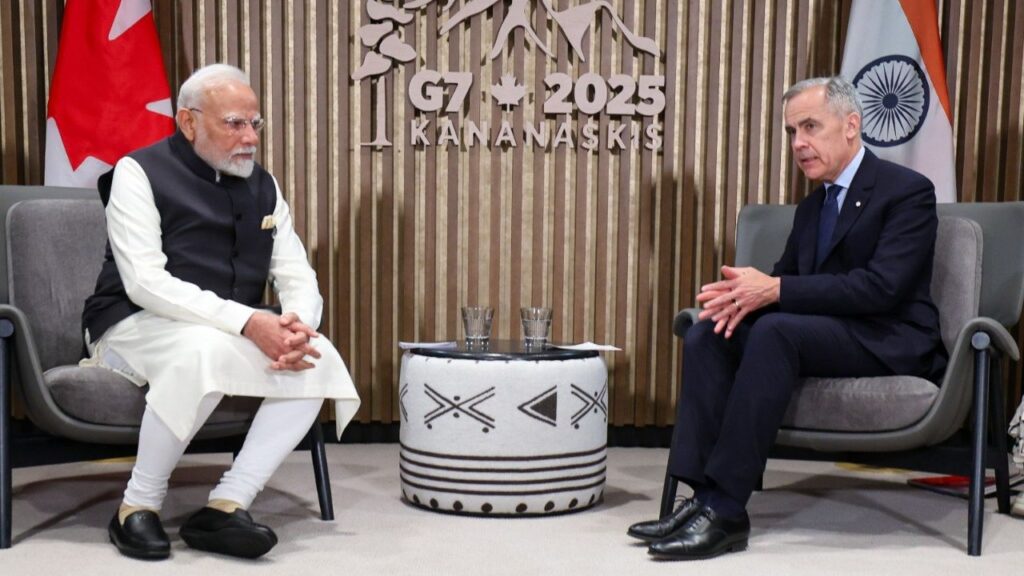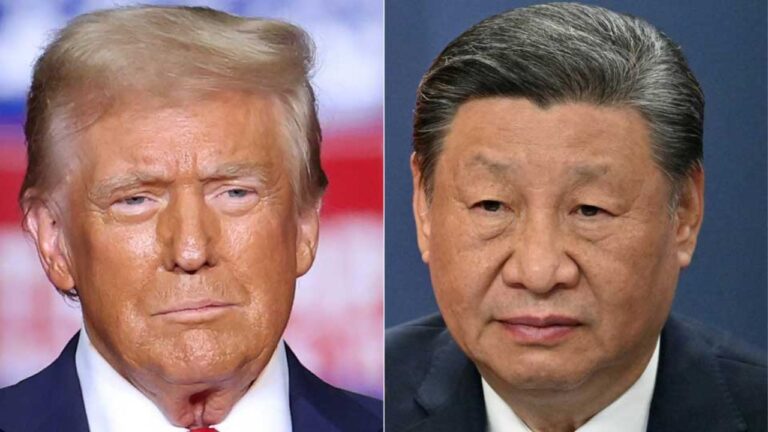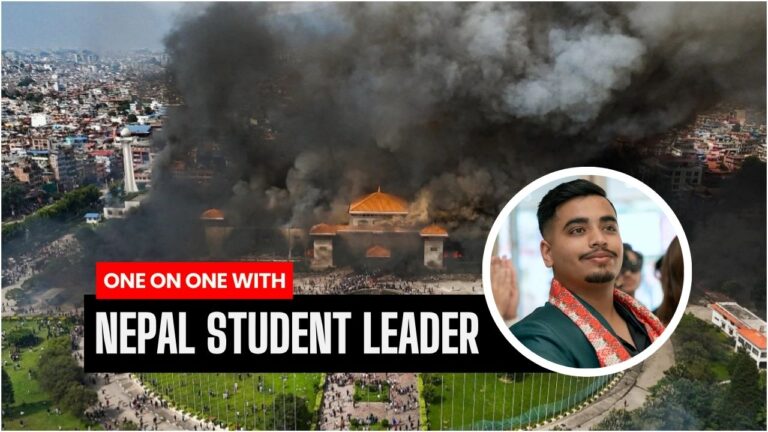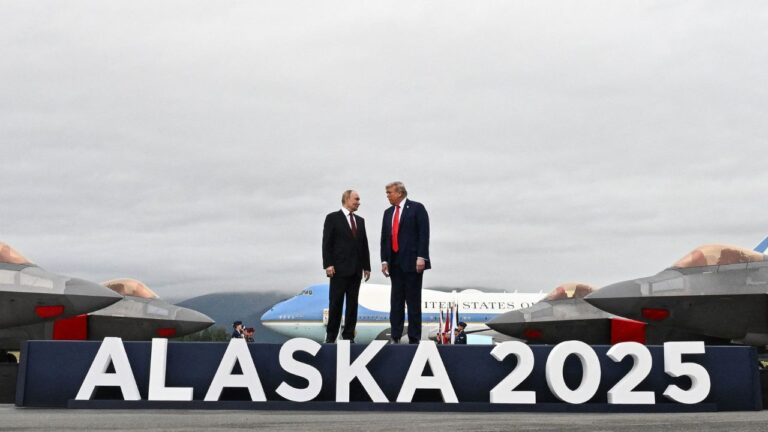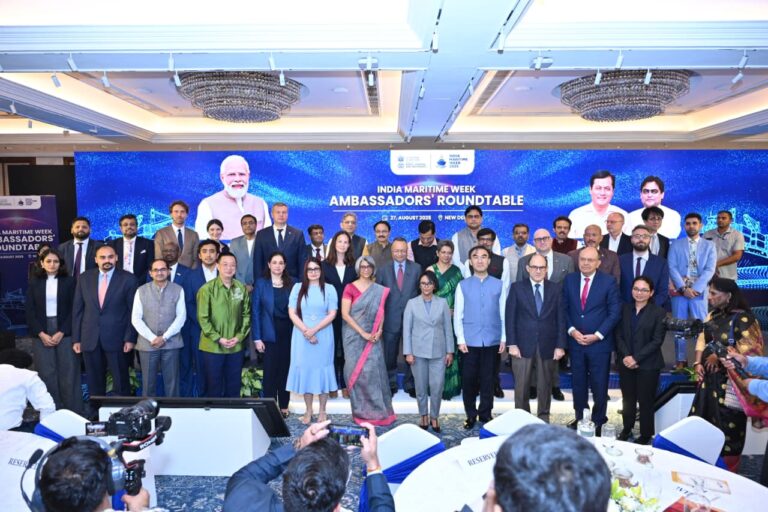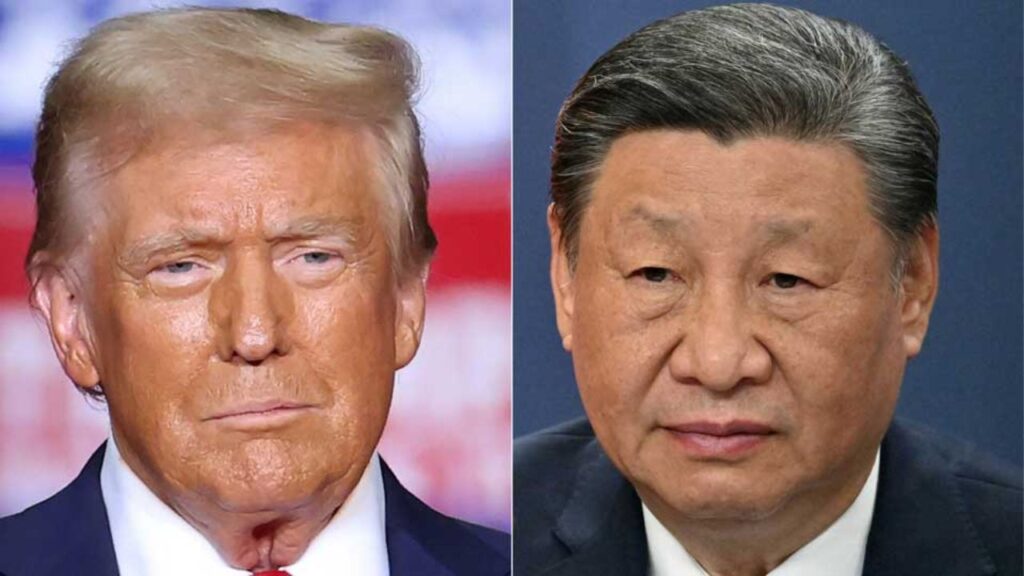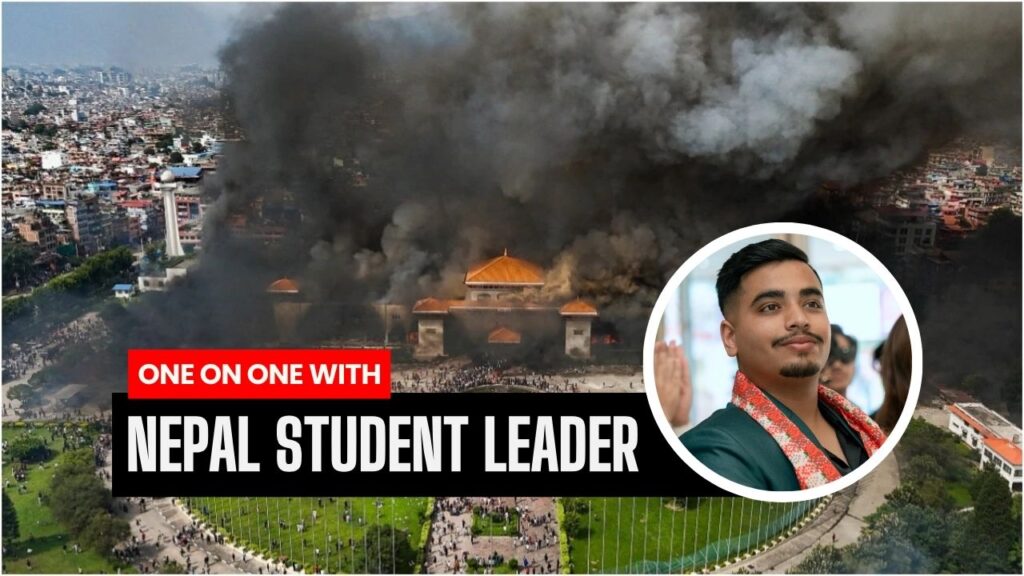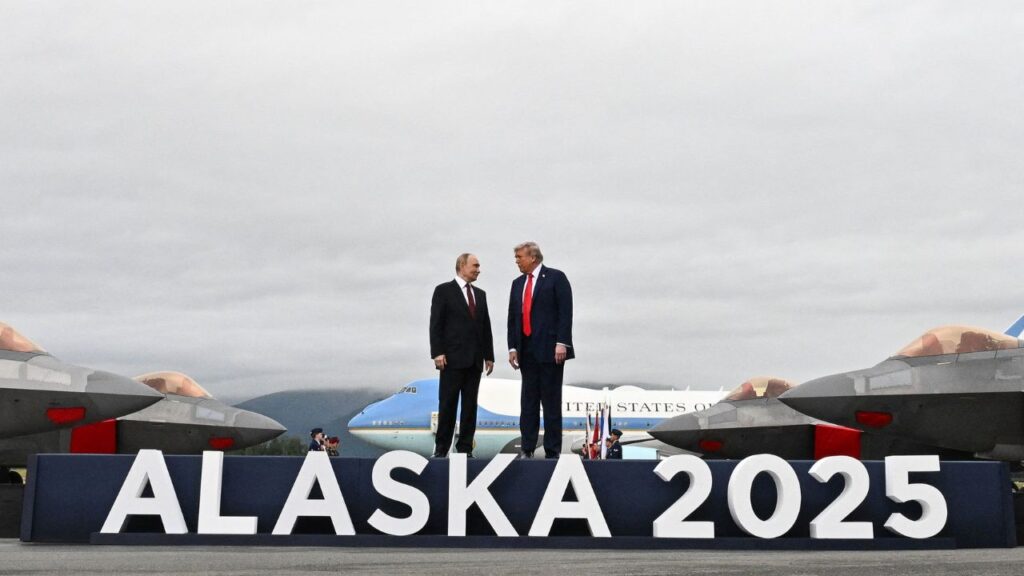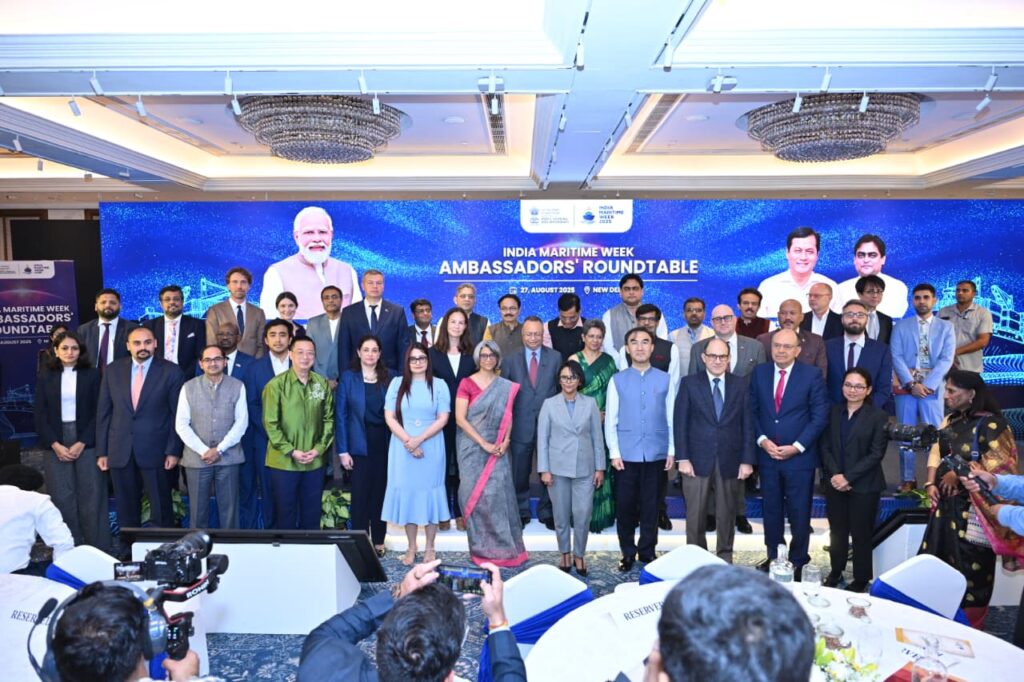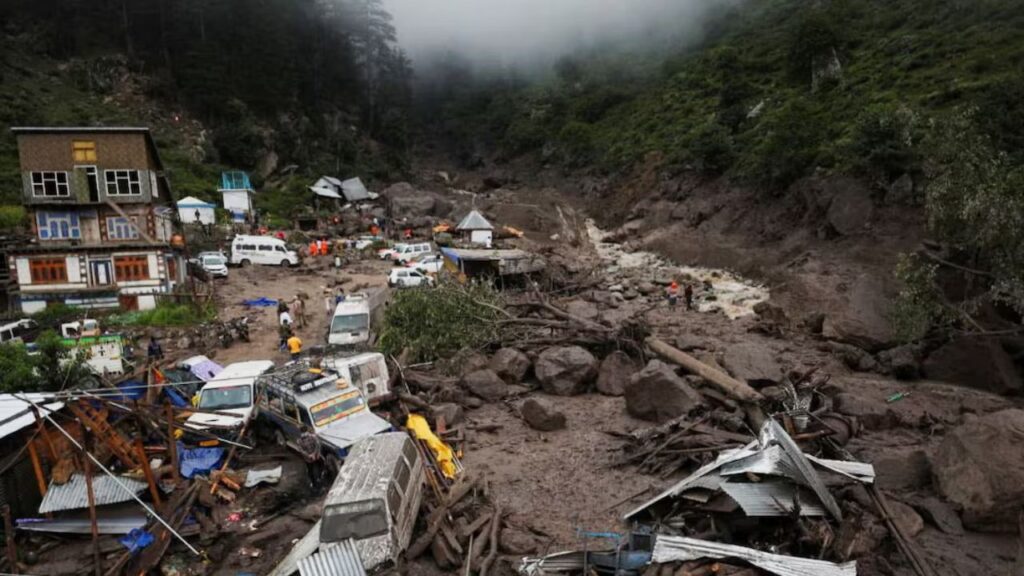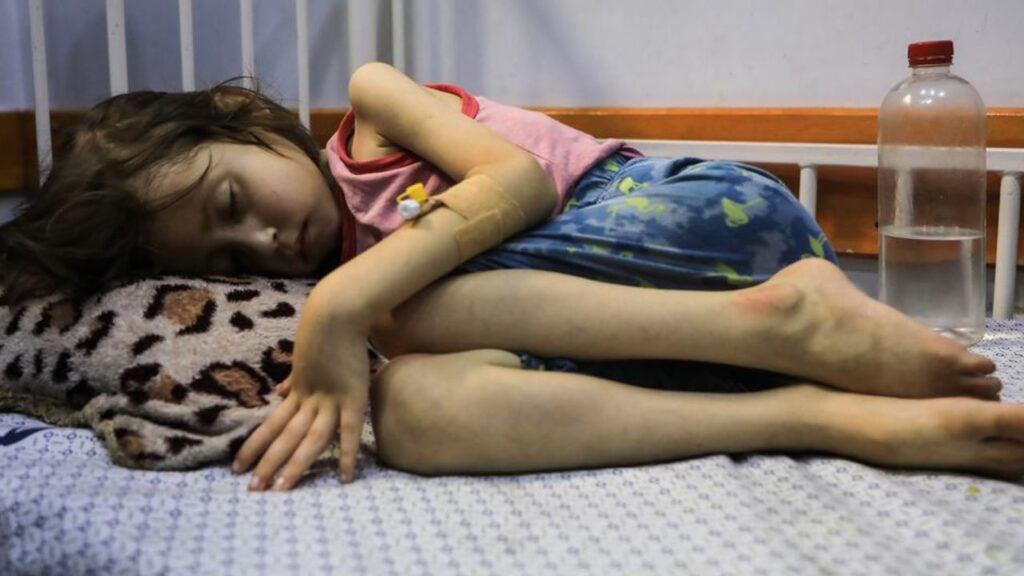In the quiet, pine-covered mountains of Kananaskis, Alberta, Canada is hosting the G7 Summit. A meeting of some of the world’s most powerful democratic nations. This year’s gathering comes during an uneasy time: global wars continue, artificial intelligence is changing how we live and work, inflation still lingers, and trust between countries feels fragile.
For Canada, this summit is about more than diplomacy. It’s also a moment to reset and to rebuild a relationship that, not long ago, broke down in a very public and painful way. That relationship is with India.
The presence of Indian Prime Minister Narendra Modi at the summit this week has drawn attention, not just because of India’s growing role in the world, but because his visit to Canada comes after two years of silence, tension, and mistrust between the two governments. Until recently, the idea of him visiting Canada again seemed unlikely.
In September 2023, a serious accusation shook relations. Canada’s then–Prime Minister Justin Trudeau told Parliament that Canadian intelligence services were investigating credible allegations of India’s involvement in the killing of Hardeep Singh Nijjar, a Sikh Canadian and vocal advocate for a separate Sikh state, Khalistan, who was shot outside a gurdwara in British Columbia.
India firmly denied any role, calling the accusation unfounded. Diplomatic relations quickly deteriorated. Canada expelled Indian diplomats; India did the same. Trade talks were paused. Cooperation on security stopped. Even visa services were disrupted for a time. For many people, especially those in the Indian diaspora, the tension was confusing and stressful.
Students worried about whether their education would be affected. Families feared being caught between two countries they loved. Businesses hesitated to expand. What had once been a warm relationship suddenly felt uncertain.
This week, the mood feels different: not celebratory, not dramatic, but cautiously open.
Canada’s new Prime Minister, Mark Carney, is hosting his first major international summit. Carney, a former governor of both the Bank of Canada and the Bank of England, is known for being measured, thoughtful, and steady. In many ways, he represents a different political style than his predecessor — quieter, more analytical, and focused on cooperation over confrontation.
Instead of pushing for a single, often-disputed joint declaration at the G7, Carney is allowing each country to release its own statements on key topics. This approach has helped keep the tone constructive, even when issues like the war in the Middle East, climate change, or artificial intelligence are difficult.
But it’s the unspoken gestures that have perhaps mattered most. Indian and Canadian officials have met behind closed doors. Quiet conversations are happening again. There are signs that some security cooperation has resumed, and while no official reset has been announced, the willingness to engage is itself a shift.
To understand why this matters, it helps to look at the longer story of India and Canada — one that included deep connections, strong partnerships, but also long-standing sensitivities.
India and Canada established diplomatic ties soon after India gained independence in 1947. Canada was among the early countries to recognize India’s sovereignty. In the decades that followed, the two nations built a relationship based on trade, education, development cooperation, and shared democratic values.
Indian students have studied in Canadian universities for decades. Thousands of families have ties across both countries. India is Canada’s tenth-largest trading partner. And Canadian cities — especially Toronto, Vancouver, and Brampton — are home to large and vibrant Indo-Canadian communities.
But the relationship has not been without complications. In 1974, when India conducted its first nuclear test using Canadian-supplied materials intended for peaceful energy purposes, trust between the two countries was shaken. Years later, the Khalistan movement — a separatist campaign for an independent Sikh homeland — added further strain. While the movement has little support inside India today, some of its symbols and ideas remain active among small groups in Canada. India has, at times, expressed concern about this, especially when individuals in Canada are seen as glorifying or supporting separatist violence. Canada, on the other hand, has emphasized its commitment to freedom of speech and peaceful protest, even when it doesn’t agree with certain views.
This difference in perspective has sometimes caused friction.
Still, through the ups and downs, India and Canada have managed to maintain a generally respectful relationship, often shaped by practical cooperation and people-to-people ties. Over the years, leaders have exchanged visits. Trade has grown. Educational partnerships have expanded.
Then came the events of 2023. The public nature of the allegations, the diplomatic tit-for-tat, and the communication breakdown marked a low point in relations. Since then, there has been little movement — until now.
Mark Carney’s government appears to be choosing a more low-key, gradual approach. He has said little publicly about India this week, but the invitation extended to Modi and the lack of any public criticism or conflict signals a desire to move forward.
Modi, for his part, has stayed focused on economic and technological themes at the summit. India’s position is that the 2023 allegations were political, and Indian officials have emphasized the need to avoid interference in each other’s domestic matters.
This week, both countries appear to be leaving room for diplomacy to do its work.
For Canadians of Indian origin, this quiet step forward may be a welcome one. There’s no guarantee of a full return to “normal,” and differences between the two countries will likely remain. But respectful dialogue, even in private, is often the first step in rebuilding trust.
In many ways, this reflects Canada’s political tradition. Since its founding in 1867, Canada has developed a democratic system rooted in compromise, discussion, and a belief in institutions. Its politics have long been shaped by peaceful transitions of power, multicultural values, and a cautious but steady role on the global stage.
Today, as the G7 meets under the leadership of a new Canadian prime minister, the country once again finds itself trying to play the role of quiet connector, not solving every problem, but creating the space where solutions might one day be possible.
In a world of loud headlines and sharp divisions, that may be more valuable than it seems.

